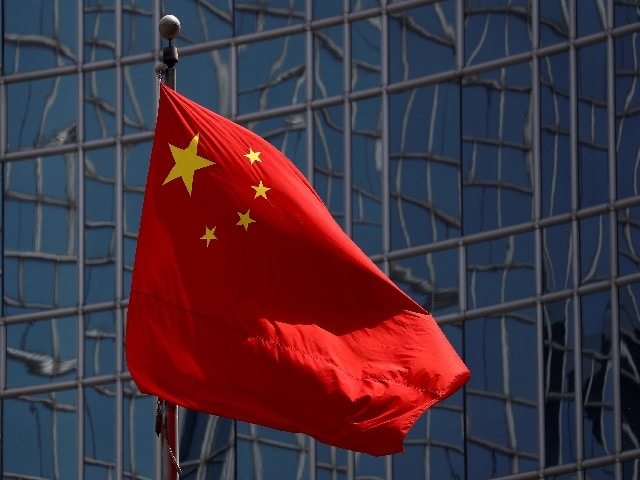Its wealth soared to $120 trillion in 2000, up from $7 trillion the year before it joined the World Trade Organization, which accelerated its economic rise.
That’s one of the conclusions drawn from a recent analysis by McKinsey & Co.’s research department, which looked at the national financial sheets of ten countries accounting for more than 60% of global revenue. In an interview, Jan Mischke, a partner at the McKinsey Global Institute in Zurich, observed, “We are today wealthier than we have ever been.”

Why did The Boom Happen?
Curious as to why China has done so well, an IMF research team recently looked into the roots of the country’s growth and came to an unexpected conclusion. Although capital accumulation—the increase in the country’s stock of capital assets, such as new factories, manufacturing machinery, and communications systems—and the number of Chinese workers were important, the economic boom was driven by a sharp, sustained increase in productivity (that is, increased worker efficiency). Productivity gains accounted for more than 42% of China’s growth from 1979 to 1994, and by the early 1990s, they had surpassed capital as the most important source of growth.
This is a break from the traditional concept of development, which prioritises capital investment. The economic reforms that began in 1978 were the catalyst for this increase in productivity.
Richest 10 %
The US saw its net worth more than double overtime, to $90 trillion, despite relatively moderate growth in housing prices.
The report says that the richest 10% of households in both countries — the world’s two largest economies — own more than two-thirds of the wealth, and their proportion is growing.
According to McKinsey, real estate accounts for 68 per cent of worldwide net wealth. Infrastructure, machinery, and equipment, as well as, to a lesser extent, so-called intangibles like intellectual property and patents, hold the balance.
Because financial assets are effectively neutralised by liabilities, they are not counted in global wealth calculations: For example, a corporate bond held by an individual investor is an IOU from the corporation.

Side Effects
According to McKinsey, net worth has increased dramatically over the last two decades. It has outperformed global GDP growth. In addition, increasing house prices fueled by cheap lending rates have boosted the market. It found that asset prices are around 50% higher than their long-run average when compared to income.
This raises questions about the wealth boom’s long-term durability. “In so many respects, increasing net worth through price rises above and beyond inflation is problematic,” Mischke said. “It has a slew of negative side effects.”

The ideal solution, according to the research, would be for the world’s wealth to flow into more productive investments that enhance global GDP. A drop in asset prices, which could wipe away up to one-third of global wealth and bring it in line with global income, would be the worst-case scenario.
These are fascinating times, in part because the world’s wealthiest people are becoming far wealthier than they have ever been, while the poorest people in developed countries are beginning to suffer at levels not seen in at least half a century.
















